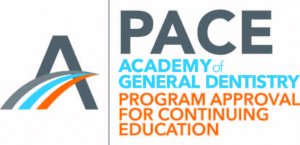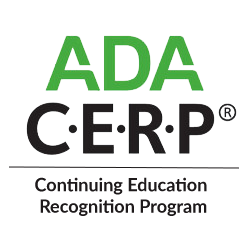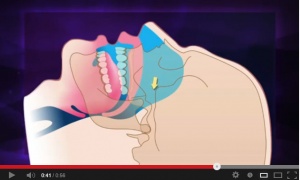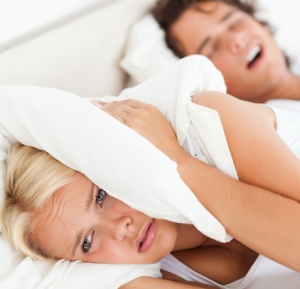Snoring and Sleep Apnea – Prevention and Treatment
Product Details
Gordon J. Christensen, DDS, MSD, PhD; Michael DiTolla, DDS; and Jeff Wyscarver, RPSGT
Is this subject really a dental/oral responsibility? In recent years, snoring and sleep apnea have become associated with dentistry, and many dentists are finding some aspects of the topic fit well into busy general practices. It is estimated that at least 30 to 50 percent of the U.S. population snores. You may already know of potentially interested patients in your own practice. Dr. DiTolla has personally seen a 60% affirmative response from patients who are asked the simple question, “Would you like to hear how your spouse’s snoring may be treated without surgery?”
However, more serious than snoring is the potentially dangerous condition named Obstructive Sleep Apnea (OSA), which is estimated to be present in varying levels of severity in one in 15 adults. This video emphasizes the methods to reduce or eliminate snoring and how to implement the techniques into typical dental practice. Advice is also provided on diagnosis of sleep apnea and potential treatments for this sometime serious condition. See if this concept is right for your practice today!
Table of Contents
- Incidence & Significance of Snoring and Obstructive Sleep Apnea (OSA)
- Interrelationship of Snoring & OSA
- Can Treating Snoring Increase Forms of Sleep Apnea
- Which Type of Practitioner Treats Snoring or OSA?
- Suggested Sequence for Diagnosis and Treatment Planning
- Treatments for Snoring and OSA
- Example Oral Appliances
- Comparison of Treatment Methods
- Relationship to Periodontal Disease
- Relationship to Other Serious Medical Disorders
- Integrating Sleep into a Busy Practice
- Demonstration of Appliance Delivery
- Fees for Sleep Medicine Treatment










